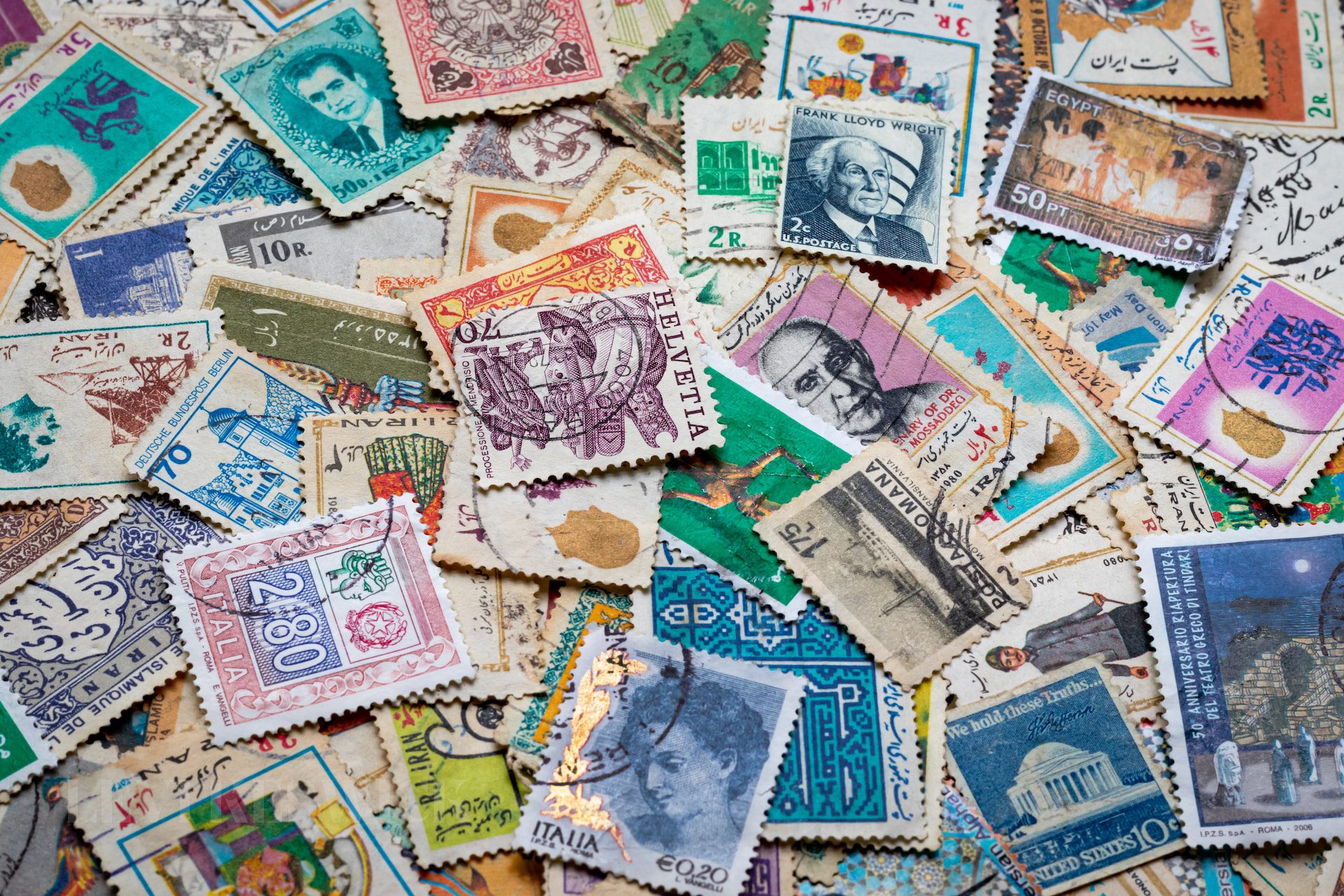Key Takeaways:
- India boasts a rich and diverse philatelic history with numerous collectible gems.
- Errors in printing often lead to the rarest and, consequently, the most valued stamps.
- The heritage of Indian stamps carries a blend of historical moments and artistic expressions.
- Collectors from around the globe vie for the most wanted rare stamps of India, elevating their market prices.
The Allure of Indian Stamps
Philately, or the collection of stamps, is more than a hobby—it’s a journey into the history, culture, and artistry of nations. And when it comes to Indian philately, the country offers some of the most sought-after gems that tell tales of its colonial past, its freedom struggle, and its tryst with post-independence modernity.
Mahatma Gandhi’s Philatelic Tribute
The 1948 stamp, released shortly after the assassination of Mahatma Gandhi, not only holds immense historical significance but also sits atop the coveted list due to its rarity. With the “Service” overprint, its limited issuance further amplifies its desirability among collectors.
Queen Victoria’s Inverted Portrait
It’s not just the designs, but sometimes the errors in printing that make certain stamps invaluable. The 1854 British India stamp, adorned with an inverted portrait of Queen Victoria, is perhaps the most iconic philatelic error in Asia. Its accidental inception has transformed it into a piece of legendary status among collectors.
The Scinde Dawk Odyssey
Delving deeper into the annals of Indian philatelic history brings us to the Scinde Dawk stamps, initially intended as seals. These brittle stamps, available in red and blue, are rarities given their fragile nature, leading to the destruction of many. Today, they command a hefty price in the stamp market.
From Royalty to Errors: The Diverse Spectrum
While the profile of Queen Victoria has been a recurring motif, especially during the British Raj, stamps featuring King George V have also caught the eyes of philatelists. Some unique instances, like the speculated crumpled print, further add to the allure of these stamps.
Even post-independence stamps have their tales of fame. An error in denomination led to a rarity in the form of the bird of prey stamp. Supposed to be marked as 2r, a printing mishap gave it a 1r denomination. Such errors, although unintended, lead to the birth of some of the most wanted rare stamps of India.
State-Specific Stamps: The Dutia Chronicle
India, with its princely states and diverse regions, has a varied tapestry of philately. Stamps from Dutia, a region in central India, are prime examples. With only a handful of specimens in existence, they are a testament to the regional philatelic legacies of India.
Modern Errors and Artistic Commemorations
The philatelic journey continued post-independence with stamps commemorating significant events, like the First Triennale in 1968. However, even in the modern era, printing errors persisted. The absence of an orange hue in one such stamp led to its increased value among collectors.
In Conclusion: The Everlasting Appeal of Indian Stamps
Indian stamps, with their rich tapestry of history, art, and occasional printing mishaps, remain an essential chapter in the global philatelic narrative. Their rarity, combined with their stories, ensures that the hunt for the most wanted rare stamps of India will continue, echoing their legacy for generations to come.








